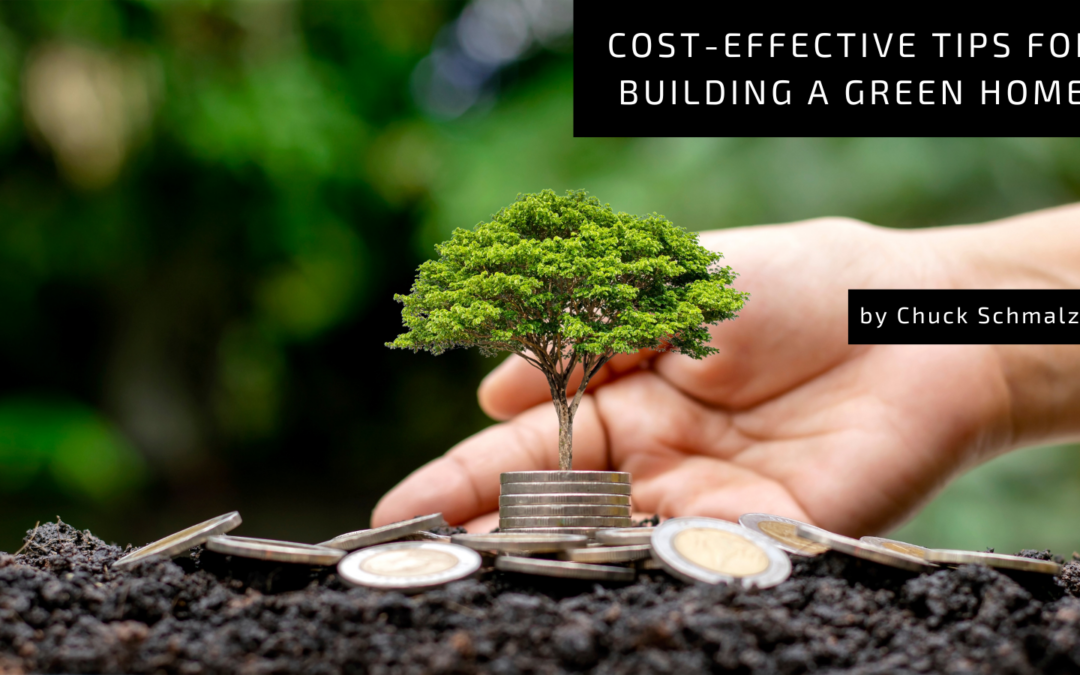Building a green home doesn’t have to break the bank; incorporating sustainable practices can often lead to long-term cost savings. You can create an environmentally friendly home without compromising your budget with careful planning and strategic decisions. Here are some cost-effective tips for building a green home:
Energy-Efficient Design: Start with a well-thought-out design that optimizes energy efficiency. Consider the orientation of your home to maximize natural light and ventilation, reducing the need for artificial lighting and air conditioning. Efficient design also includes strategically placing windows, insulation, and shading elements.
Proper Insulation: Invest in high-quality insulation to create a well-insulated building envelope. Adequate insulation helps regulate indoor temperatures, reducing the need for excessive heating or cooling. While there may be an upfront cost, the long-term energy savings make it a cost-effective investment.
Energy-Efficient Appliances: Opt for energy-efficient appliances and fixtures throughout your home. From ENERGY STAR-rated appliances to LED lighting, these choices not only conserve energy but also result in lower utility bills over the lifespan of your home.
Solar Panels and Renewable Energy: While the upfront cost of installing solar panels can be significant, the long-term savings on energy bills make them a cost-effective choice. Explore available incentives, rebates, and financing options to make solar energy more accessible for your green home.
Reclaimed and Recycled Materials: Use reclaimed and recycled materials in your construction to reduce costs and reduce environmental impact. Salvaged wood, recycled steel, and reclaimed fixtures can add character to your home while contributing to resource conservation.
Water-Efficient Fixtures: Install water-efficient fixtures, such as low-flow faucets, showerheads, and dual-flush toilets. These features conserve water and contribute to lower water bills over time. Water-efficient landscaping with native plants further reduces outdoor water usage.
DIY and Sweat Equity: Consider taking on some do-it-yourself (DIY) projects or contributing sweat equity to the construction process. While specific tasks may require professional expertise, your involvement can help control costs and reduce the overall budget for your green home.
Government Incentives and Tax Credits: Research available government incentives and tax credits for green home construction. Many regions offer financial incentives for energy-efficient upgrades, renewable energy installations, and sustainable building practices. Take advantage of these programs to offset initial costs.
Build in Phases: If a fully green home seems financially challenging upfront, consider building in phases. Start with the most critical green elements, such as energy-efficient design and insulation, and add renewable energy systems or other features over time as budget allows.

